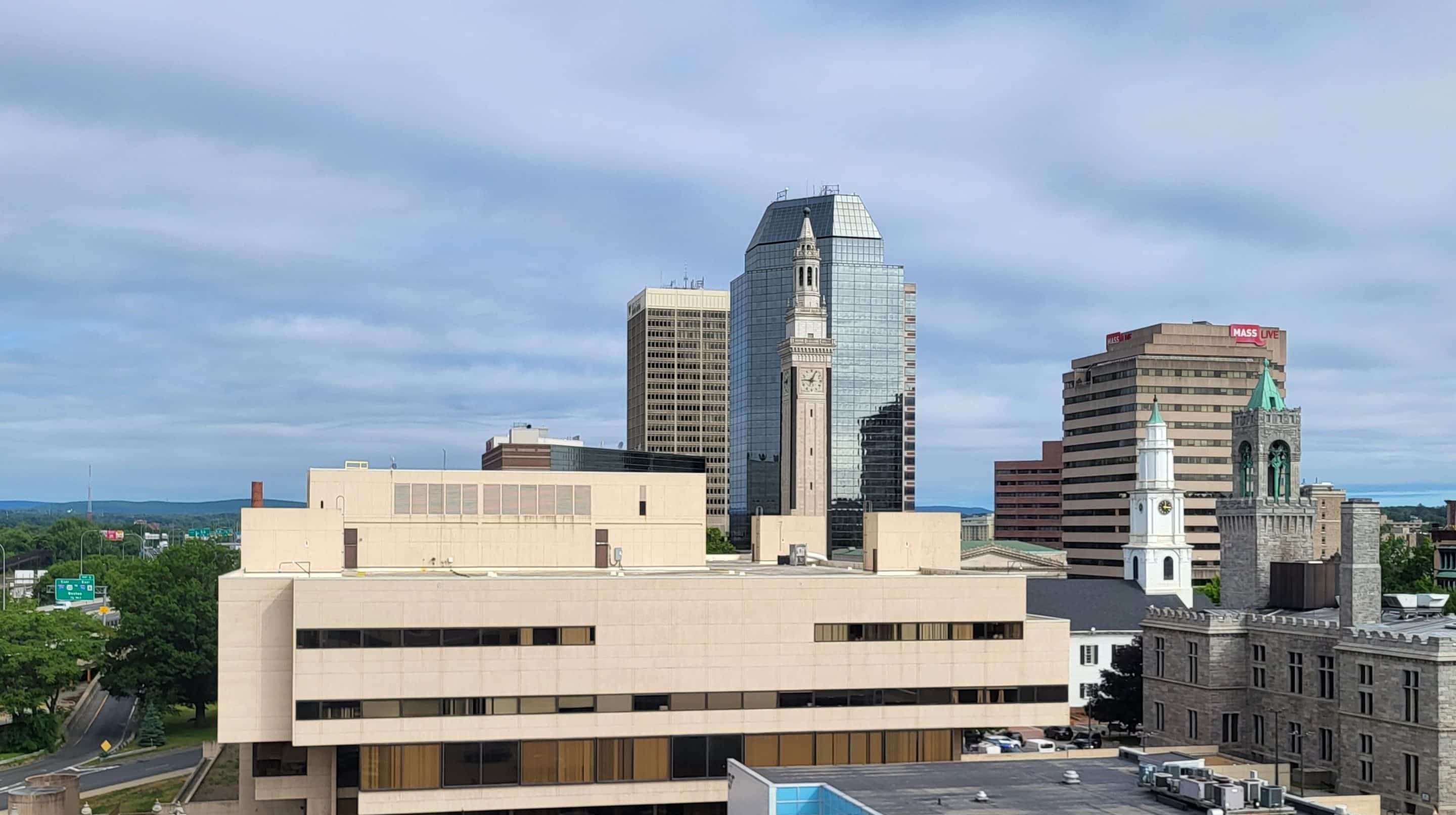SPRINGFIELD — The city of Springfield and its residents were dealt a blow in the latest chapter of their struggle to keep a woody biomass energy plant from being built in East Springfield.
In October, the Massachusetts Supreme Judicial Court declined to hear an appeal of a lower court’s ruling, potentially paving the way for Palmer Renewable Energy to build its plant.
“We are deeply disappointed by this outcome,” said Alexandra St. Pierre, director of communities and toxics for Conservation Law Foundation, which represents the city in this matter. “For years, Springfield residents have fought to stop this facility from contributing to further harm to their health and environment. The Palmer facility will only worsen the public health burdens that residents have long endured. This case isn’t just about permits or legal technicalities. It’s about insisting that communities be protected, heard and respected.”
As defined by the U.S. Energy Information Administration, “Biomass is renewable organic material that comes from plants and animals” and “can be burned directly for heat or converted to liquid and gaseous fuels through various processes.” Widely used until the mid- to late-1800s, Biomass consists of wood, wood waste, municipal solid waste and manure, crop waste, landfill gas and biofuels, such as ethanol or biodiesel. In 1885, coal overtook wood as the most common fuel source in the country.
The argument in favor of biomass energy hinges on the idea that the carbon it releases when burned was previously sequestered from the atmosphere by the plant life in the biomass, making it a carbon-neutral source.
However, a 2023 study found that “emissions from biomass-based facilities are on average up to 2.8 times higher than their non-biomass counterparts per unit energy.” The study explains that “biomass burning results in the release of both gaseous pollutants” such as sulfur dioxide and ammonia, and “ozone precursors such as nitrogen oxides, volatile organic compounds, and both filterable and condensable particulate matter.”
Springfield is an environmental justice community. The prevalence of asthma in Springfield means that it ranked fourth in the nation in 2024 after infamously being named the “asthma capital” by the Asthma and Allergy Foundation of America in 2019.
The legal saga around the biomass facility spans 14 years, with several twists and turns. Palmer Renewable Energy first approached the city to site a 35-megawatt biomass power facility at 1000 Page Blvd. in 2008. At that time a special permit was granted and building permits were issued in December 2011. A month later, they were revoked by the Springfield Board of Appeals. Palmer Renewable Energy brought the case to Land Court, and after an appeals process, the permits were reinstated. That phase of the legal process ended in 2015.
In 2021, the Zoning Board of Appeals granted a City Council request to halt the project, stating that work had not begun within 180 days of the permit issuances, as required under law. Palmer Renewable Energy again brought the city and its Board of Appeals to Land Court, arguing that it obeyed the tolling period, or pause on the statute of limitations while litigation was pursued, and a four-year extension on building permits passed by the state during the coronavirus pandemic.
Land Court sided with the city, saying the tolling period and the four-year extension ran concurrently, and declared the permits expired in 2016. However, in May, the state’s Appeals Court reversed that decision. On Oct. 22, the Massachusetts Supreme Judicial Court declined to hear the case, leaving the Appeals Court ruling in place.
“It’s a completely absurd result,” said City Councilor Michael Fenton. “We’re talking about permits going back 10 years. The law says six months,” for the lifespan of building permits unless acted upon. “This is a fight the City Council has been in for well over a decade. This Franken-permit continues to come back to life,” Fenton said. He sounded a note of perseverance while talking about the court’s decision, saying, “While it does mark the end of the City Council’s appeals, it doesn’t end the city’s efforts to protect the community.”
Fenton explained that there are three paths being pursued in the fight to stop Palmer Renewable Energy from building in Springfield. The first avenue was the city’s revocation of building permits. The state Department of Environmental Protection has taken its own action, revoking a previously issued an air quality permit in 2021, a decision that was upheld by the Appeals Court in 2022. That issue has yet to reach the Supreme Judicial Court.
The third prong in the opposition to the plant comes in the form of two sets of bills making their way through the state Legislature. The first, H.3548 in the House of Representatives and S.2287 in the Senate, would remove woody biomass from qualification as an alternative energy source and make it ineligible for renewable energy tax credits, which biomass energy plant projects heavily depend upon.
The second set of bills, H.3549 in the House and S.2288 in the Senate, would remove woody biomass from the greenhouse gas emissions standard for municipal lighting plants. MLPs are a legal structure through which municipalities can operate utilities. Both sets of bills were filed by state Sen. Adam Gomez and state Rep. Orlando Ramos, who represent Springfield.
Community organizations, including Arise for Social Justice, Climate Action Now Western Massachusetts and Public Health Institute of Western Massachusetts, are also fighting against the project through public engagement and protest. Springfield Climate Justice Coalition lead organizer Naia Tenerowicz said, “We will continue to resist. The community is looking to close every pathway we can, to close financial paths for them. It would be just a pollution catastrophe. This is a fundamental threat to the city of Springfield.”
Reminder Publishing reached out to Palmer Renewable Energy but did not hear back by press time.


